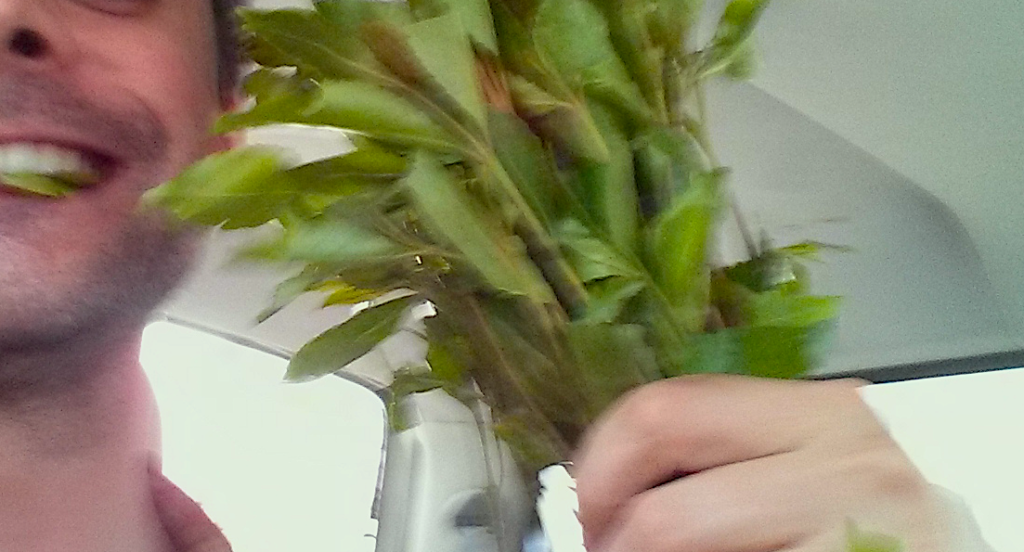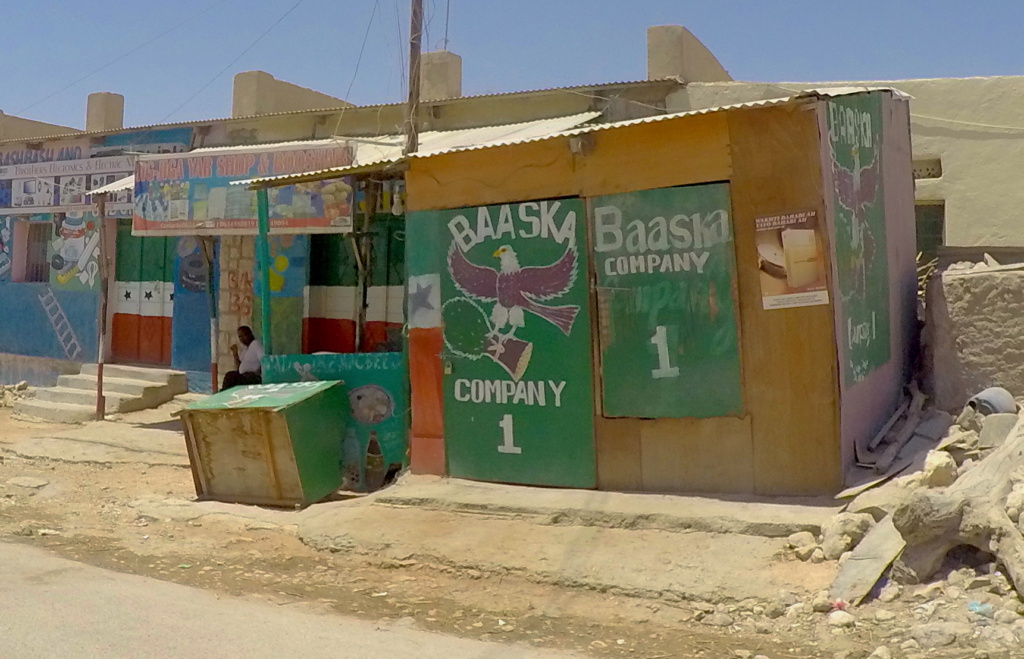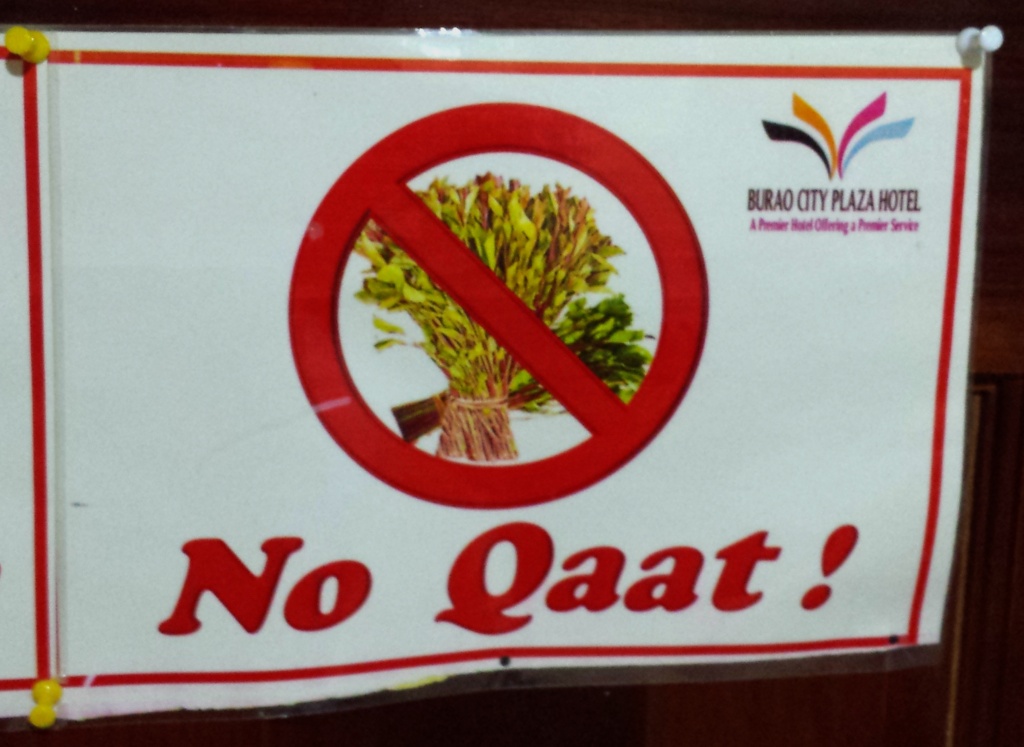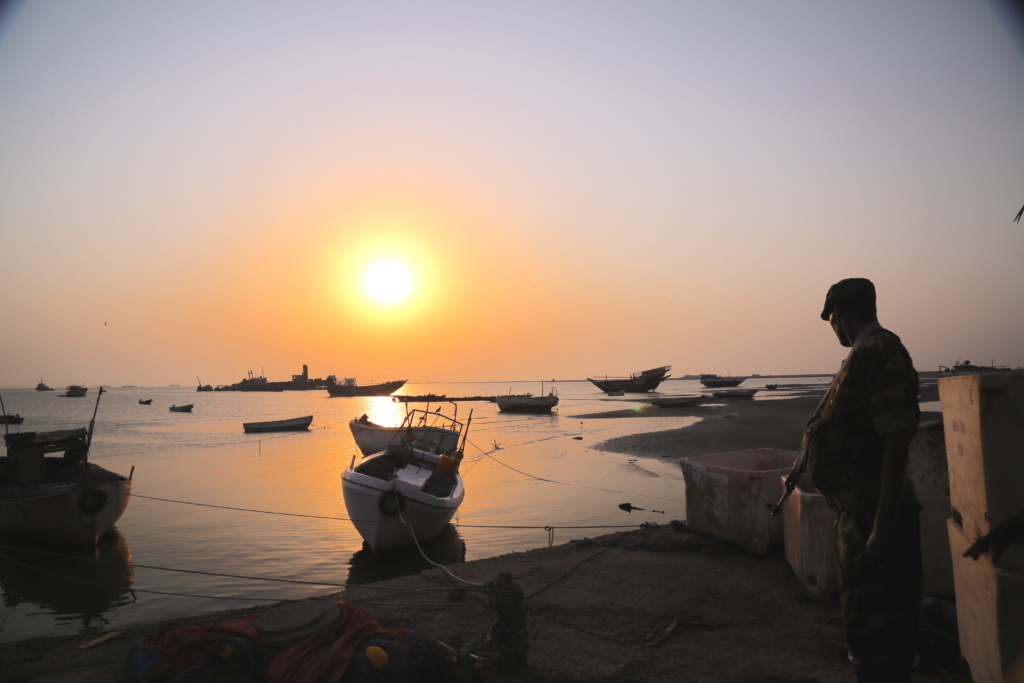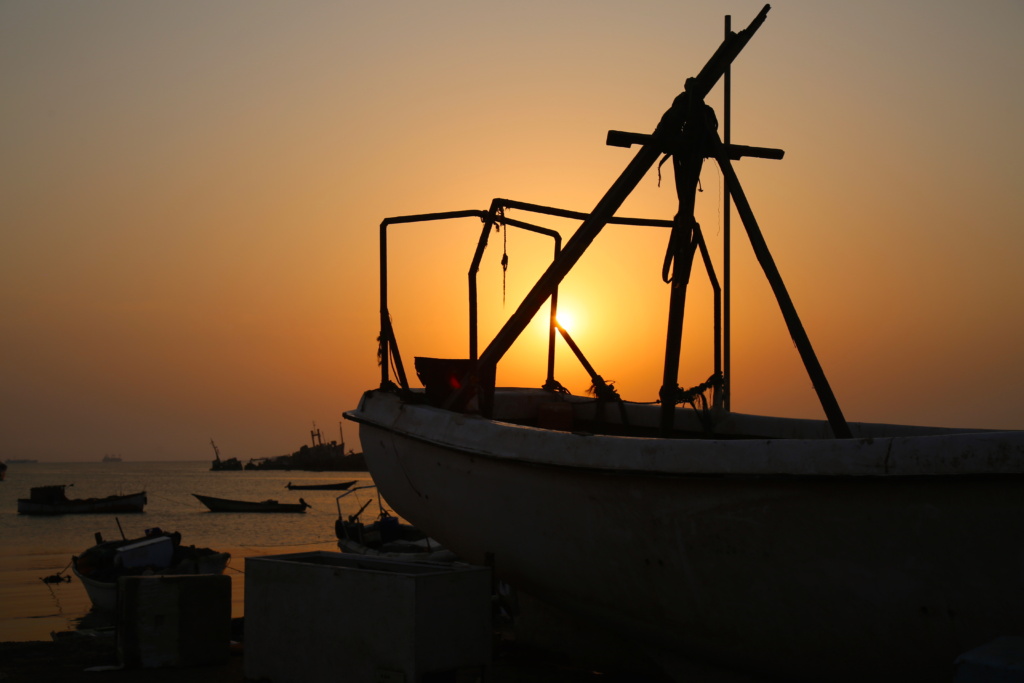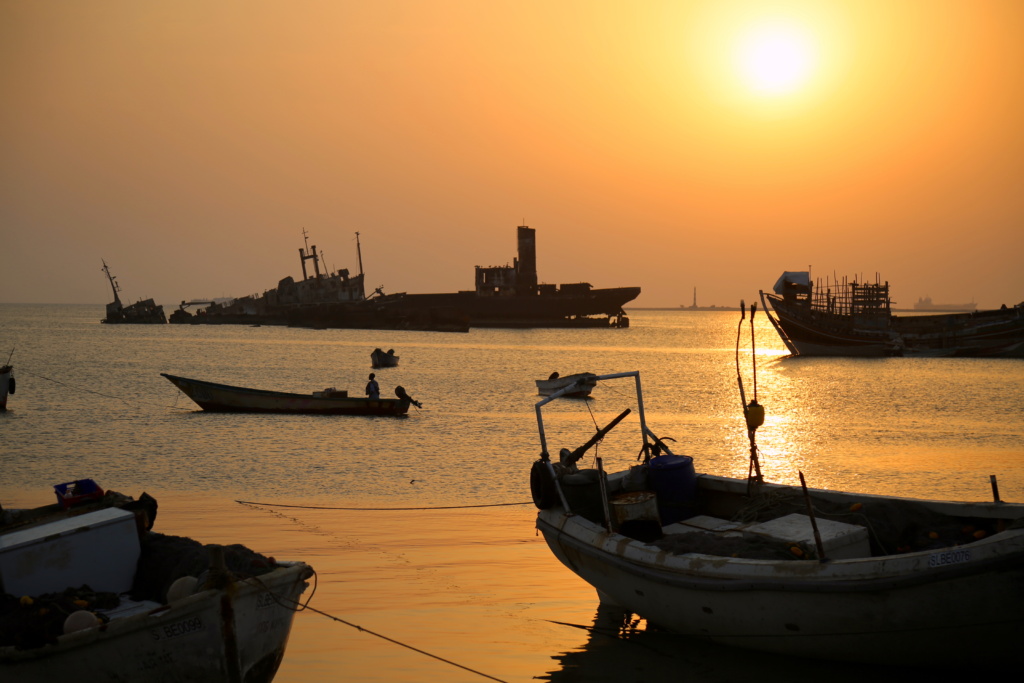Remembering my trip to Berbera in 2016. Names have been changed to protect the innocent.
I awoke rejuvenated. The air condition was working again and I managed to push out most of the diarrhea I was experiencing; due to a combination of the heat and eating a lot of unidentifiable fish. I opened my hotel room door and said As-salamu-alaykum to the veiled washerwomen on the tiled patio.They ignored me and I continued on my way.
I walked across the courtyard to the restaurant to find Amit and Donny, who were in the usual dance with the two hotel employees: trying to order breakfast and then getting ignored despite being the only guests. They aired their frustrations loudly to the idling staff who, although disinterested in their pleas, eventually brought food. The dishes slowly came out one at a time and incrementally alleviated the morning grumpiness. Black coffee and juices; vegetable omelets, and njera with honey were brought to the table.
Outside Mo’ waited in the SUV. We packed up our gear as Amit made a series of phone calls. We had an ambitious agenda of follow up visitations with the fishermen. However, by the time Amit hung up his phone our plans had unraveled. A- F- was expecting a delivery of fuel for his filling station business; J- was putting his fish on ice. Neither was available to record with us.
Donny reflected out loud on our progress during the trip and measured it against the overall exhaustion it caused. I had enough film footage for my assignment. All that was left was to start the journey back to Hargeisa.
I knew our security team liked to chew khat so I asked Amit and Mo’ if we could stop on the way out of Berbera to buy some as a way to thank them for their work. Amit warily agreed. Khat, a faux pas among educated Somalis, is ubiquitous in Somali culture; a vice permitted under a Shariah law that does not allow alcohol.
We told the serikali the plan and they were delighted. Donny was excited too. For the next twenty minutes Mo’ drove us slowly to different stalls to find the best selection.
After a series of referrals, we found ourselves at a wooden kiosk in a rare shady area of trees. It was decorated with colorful hand-painted signs depicting juicy bundles of khat with bright green leaves and a pinkish hue along the stems. Vendors came out from behind the booth, displaying their wares cheerfully like budtenders at a dispensary back in Colorado. They hunched into the windows of our vehicles waving bunches of leaves. Everyone suddenly was a connoisseur: the guards, Mo’, and even Amit, who also loudly refused to partake in any chewing himself.
Khat does not grow well in these arid regions. Usually the Somalis import it from the highlands of Ethiopia. The product, a relative of the mint plant and a mild amphetamine, needs to be consumed as soon as possible after it is cut, otherwise its quality quickly degrades. Every day, khat is loaded into planes in Ethiopia and flown to Hargeisa, where it is frantically offloaded into trucks and raced through the streets to the markets. The vehicles do not stop for anyone and from time to time they cause pedestrian fatalities, or so I am told.
The khat presented to us this morning was a little different. As a result of a recent border dispute between the Somalilanders and Ethiopians, there was an embargo on all imports, including khat. Instead, we were offered the smaller-leafed variety from Kenya. Known as mirhaa, it is more popular in places like Mogadishu and South-central Somalia. I remember trying it once in Mombasa. You munch on the bark from the stems, where it is most potent. I was given Wrigley’s gum to chew with it. Afterward, I stayed awake during the entire 36 hour bus ride from Kenya to Uganda.
The vendors also showed us a big leafy variety from Yemen, another area where consumption of khat is prevalent. The availability of this type perplexed me. Due to the ongoing civil war a naval blockade was imposed on the main port of Aden. The khat had to have been exported out via another route. Apparently, smuggling the Yemeni khat through a war zone to the Berbera market was easier than getting Ethiopian khat through the temporarily closed border.
After some haggling, we bought large quantities of each variety of khat. Most of it went to the serikale and the remaining bunches were delivered to Donny and me. The soldiers cheerfully stripped the leaves in a quick swoosh and arranged them into bags where they could easily be consumed. Then they went back to guarding us. We chewed and Mo’s SUV took on a perfumed scent. I felt a mild buzz, similar to consuming an espresso or two. Our convoy rumbled slowly through the jam of the hot, ancient, sunswept streets of Berbera. We passed crowds of men gathered outside their homes and shops to drink tea and chew khat of their own. Goats and donkeys crowded into the streets and joined the traffic of the cars. A few animals had their owners’ phone numbers spray painted on their sides in case someone wanted to buy them for dinner.
We drove by the fish shops one last time. For a brief moment, I could see the brilliant blue water twinkling in the harbor, then it was gone. We made our way to the crossroads of town and continued down the road to Hargeisa.

